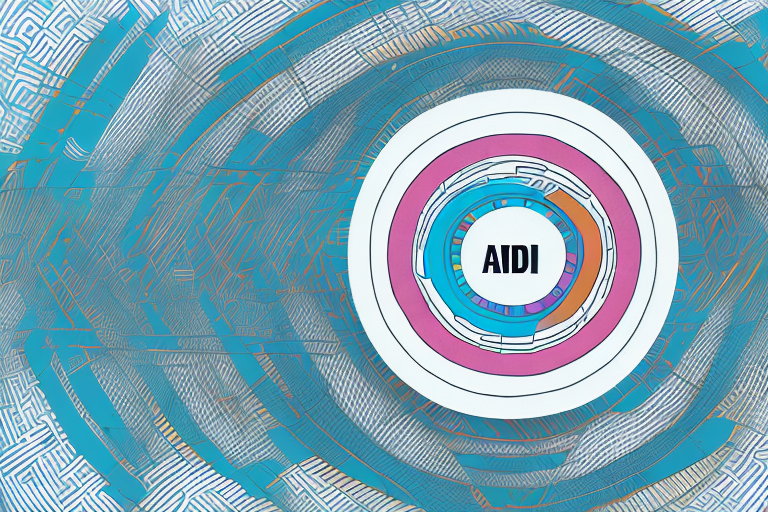Comparing AMD and ASD: Which Is the Better Option?
When it comes to medical conditions, it can be challenging to determine which is the better option. In this article, we will compare two different conditions - Age-related Macular Degeneration (AMD) and Autism Spectrum Disorder (ASD) - to provide a comprehensive understanding of their impacts, treatments, and management strategies.
Understanding AMD and ASD
What is AMD?
AMD is a condition that causes damage to the macula, the part of the eye responsible for sharp, central vision. It is most common in people over the age of 50 and is the leading cause of vision loss in older adults. There are two types of AMD:
- Dry AMD: More common and progresses slowly over time.
- Wet AMD: Less common but can cause more rapid vision loss.
Risk factors include age, smoking, family history, and certain genetic factors.
What is ASD?
ASD is a neurodevelopmental disorder that affects social interaction, communication, and behavior. It typically appears in early childhood and can affect individuals throughout their lives. Symptoms vary widely and may include:
- Difficulty communicating
- Repetitive behaviors or movements
- Challenges in understanding social cues
Research suggests that a combination of genetic and environmental factors may contribute to the development of ASD.
Prevalence and Impact
Prevalence of AMD
According to the National Eye Institute, approximately 11 million people in the United States have some form of AMD, with nearly 2 million having advanced AMD that can cause significant vision loss.
Prevalence of ASD
The Centers for Disease Control and Prevention (CDC) estimates that about 1 in 54 children in the United States has been identified with ASD.
While AMD primarily affects older adults, ASD is typically diagnosed in early childhood. Both conditions significantly impact daily life, emphasizing the need for effective management and support.
Symptoms and Diagnosis
Symptoms of AMD
- Loss of central vision
- Difficulty reading or driving
- Blind spots and distorted vision
Symptoms of ASD
- Difficulty with communication and social interactions
- Repetitive behaviors or movements
- Challenges in understanding social cues
Diagnosis of AMD
AMD is typically diagnosed through an eye exam, which may include:
- Visual acuity test
- Dilated eye exam
- Fluorescein angiography
Diagnosis of ASD
ASD is generally diagnosed through a combination of behavioral evaluations and developmental screenings, which may involve:
- Observing a child's behavior and communication skills
- Interviewing parents or caregivers
Causes and Risk Factors
Causes of AMD
AMD is often related to aging and genetics. Environmental factors such as smoking and poor nutrition may also contribute to its development.
Causes of ASD
The exact causes of ASD are still being studied, but current research indicates that genetics and environmental factors play significant roles. Factors such as preterm birth and exposure to certain toxins have been associated with an increased risk of ASD.
Risk Factors
- AMD: Age, smoking, family history, genetic predisposition.
- ASD: Genetic mutations, family history, environmental exposures.
Treatment and Management
Treatment Options for AMD
While there is no cure for AMD, treatments can slow its progression and preserve vision. Treatment options include:
- Injections (anti-VEGF drugs)
- Laser therapy
- Photodynamic therapy
Lifestyle changes, such as quitting smoking and maintaining a healthy diet rich in antioxidants and omega-3 fatty acids, are also recommended.
Treatment Options for ASD
ASD management focuses on improving symptoms and enhancing quality of life. Treatment options include:
- Behavioral therapy
- Speech therapy
- Occupational therapy
- Medications to manage specific symptoms
Early intervention is crucial for better outcomes.
Prognosis and Prevention
Prognosis for AMD
The prognosis for AMD varies. In some cases, treatment can slow or halt the progression, while in others, significant vision loss may occur. Regular eye exams are essential for early detection and management.
Prognosis for ASD
ASD is a lifelong condition, but with early intervention and comprehensive treatment, individuals can lead fulfilling lives. Support in education, employment, and social settings can significantly improve outcomes.
Preventative Measures
- AMD: Protecting eyes from UV light, maintaining a healthy diet, not smoking.
- ASD: Currently, there are no known preventative measures. However, early detection and intervention can improve outcomes.
Challenges and Coping Strategies
Challenges for AMD Patients
- Difficulty completing daily tasks
- Challenges with driving and mobility
- Emotional strain due to vision loss
Challenges for ASD Patients
- Difficulty communicating
- Challenges in forming social relationships
- Behavioral issues
Coping Strategies
- AMD: Joining support groups, modifying the living environment for safety, seeking assistance with daily tasks.
- ASD: Engaging in counseling, participating in social skills training, utilizing behavioral therapies.
Conclusion
When comparing AMD and ASD, it's essential to recognize that both conditions present unique challenges and currently have no cures. However, with early intervention, comprehensive treatment plans, and supportive strategies, individuals with AMD or ASD can manage their symptoms effectively and improve their quality of life. Ongoing research and advancements in medical science continue to enhance the understanding and treatment of both conditions.






















